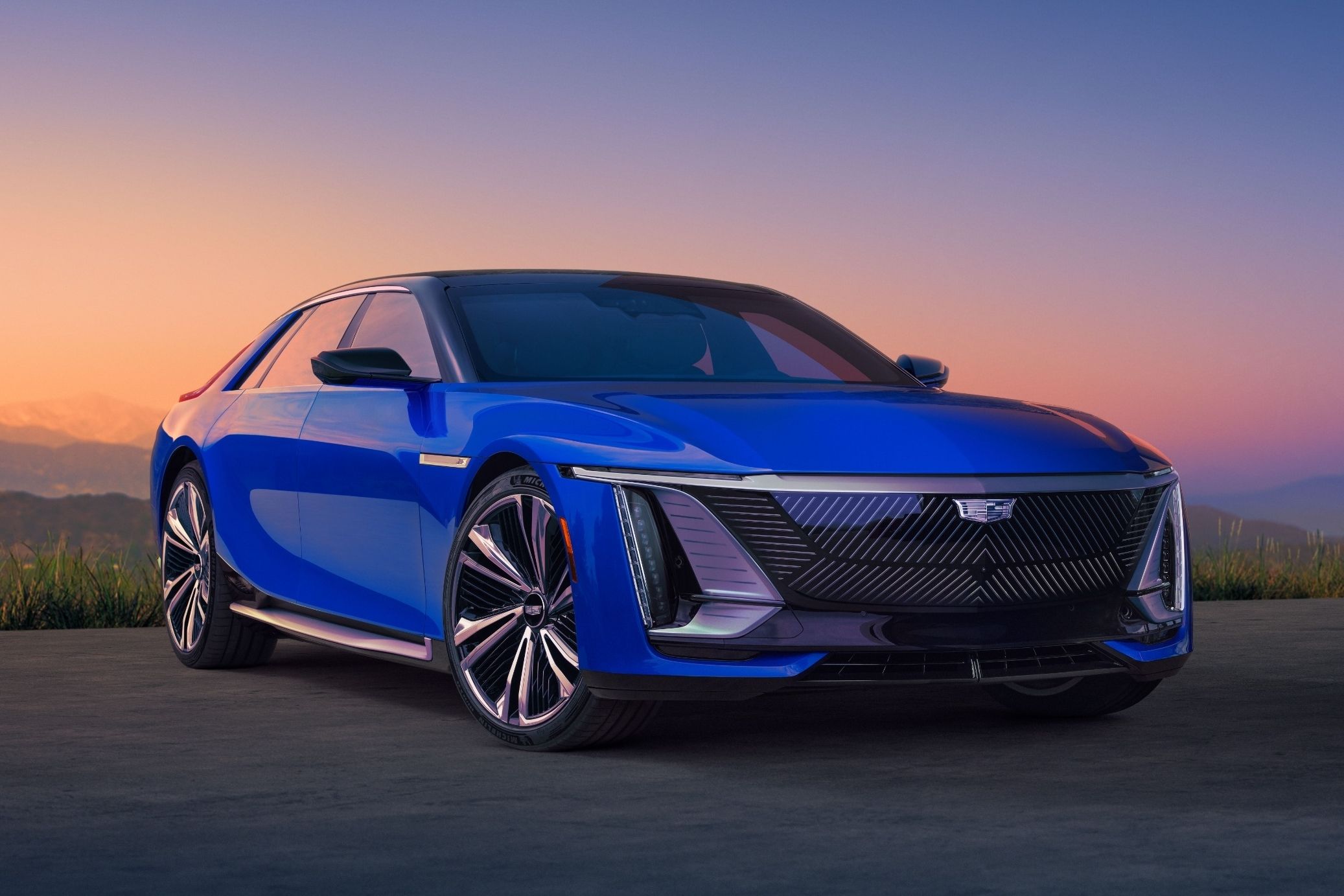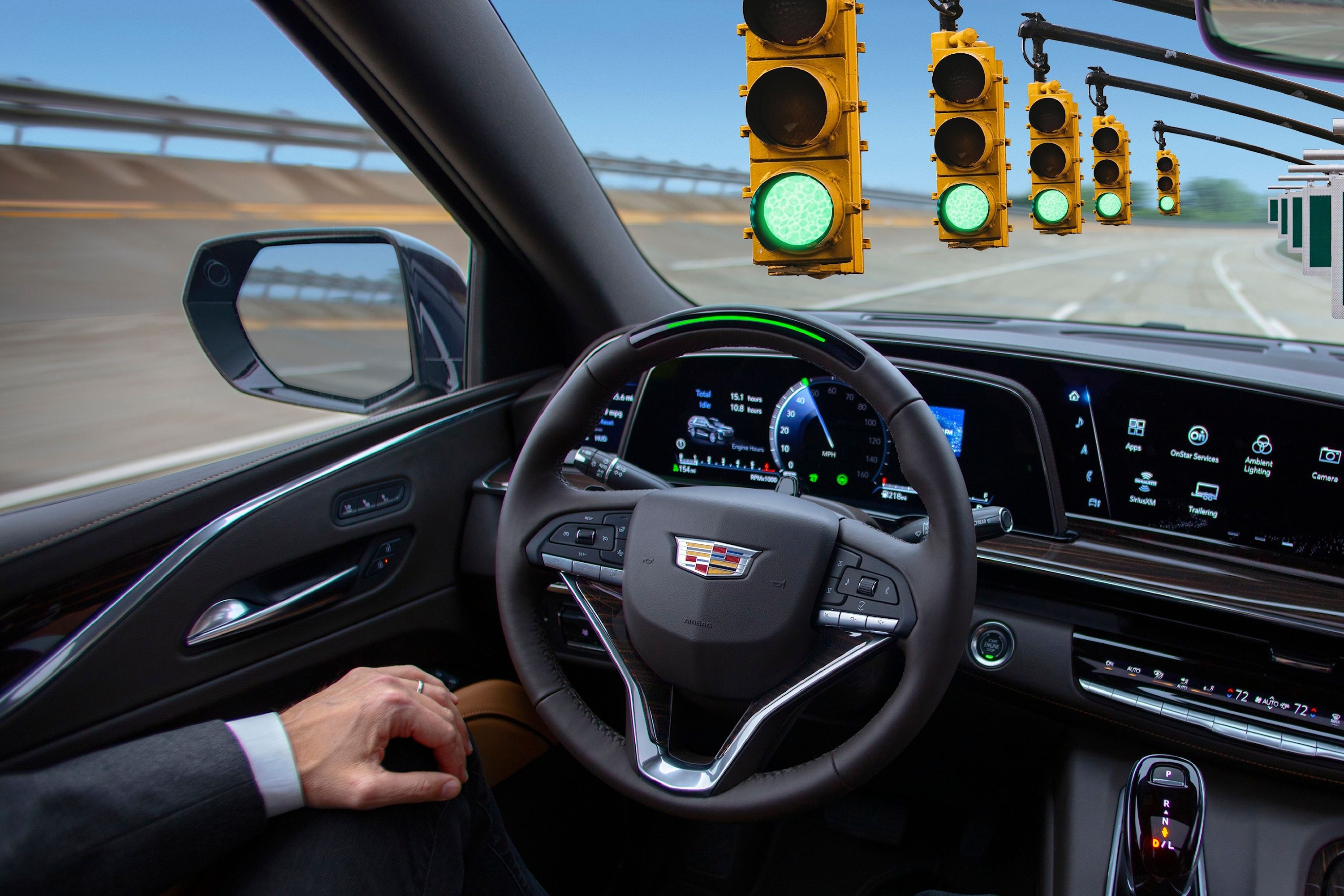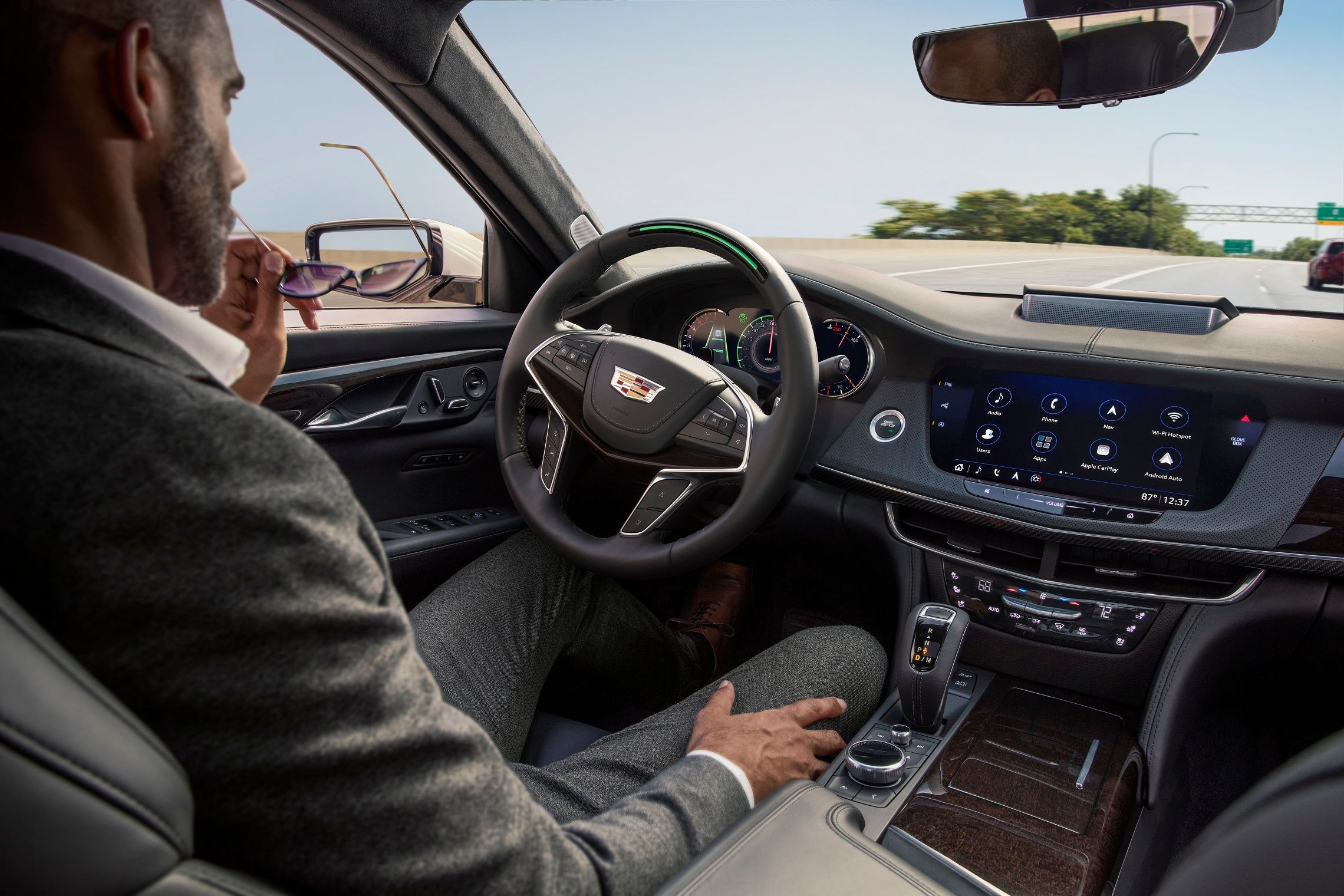
GM's Super Cruise and forthcoming Ultra Cruise semi-autonomous driving systems are already some of the best on the market. But they're about to get even better with the addition of functionality that will automatically calculate traffic light timing to ensure you never hit a red light again.
CarBuzz has discovered a patent filed with the United States Patent and Trademark Office in which General Motors highlights the problem of current systems not accounting for traffic lights. It may seem minor, but the patent proposes algorithms that would make our commutes easier than ever without the need to stop. It also provides another avenue in which Car-to-X communication can improve quality-of-life systems like Ultra Cruise in the Cadillac Celestiq.
The patent indicates multiple means of input, including sensors on the car - think LiDAR, camera, radar, etc. - and transceivers for traffic light data - presumably linked to a central communication system the traffic light programming is also linked to. The car's autonomous driving processors will then be able to compute this information and decide on a course of action to minimize the amount of time standing still at red lights.
By knowing when lights are going to change from green to amber and red and calculating traffic flow, Ultra Cruise will be able to speed up and slow down your car in a safe fashion that will get you to each intersection at the perfect time to catch the green.
Current systems maintain a predetermined speed, slowing down to avoid traffic. But the new system would also be able to speed up - within the speed limits on the relevant section of road, of course - thereby adding a new layer of functionality to these systems.
While it's not always possible to avoid every red light, as traffic could be an influencing factor, the patent documents highlight the key optimization: "preventing the vehicle from having to make a complete stop at the plurality of traffic lights."
Additionally, cars equipped with this technology would be more fuel efficient by not coming to a complete halt, with coasting and light acceleration to get back up to optimal speed being more efficient than accelerating from a standstill.


